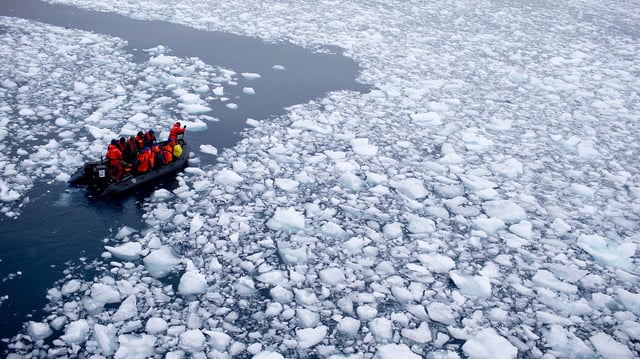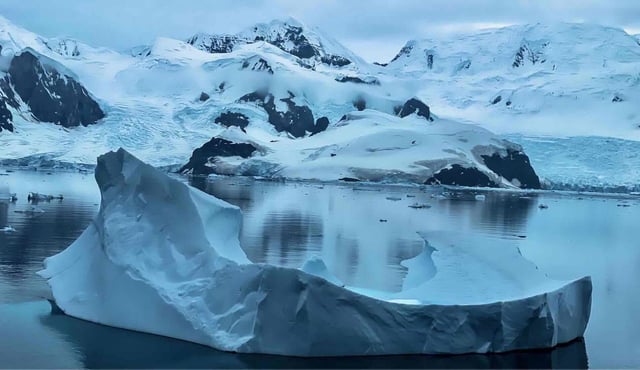Overview
- The peer‑reviewed synthesis uses ice cores and satellite records to show Antarctic sea ice has fallen below centuries of natural variability, with an average shoreline retreat of about 75 miles since 2014.
- Lead author Nerilie Abram says emerging changes across ice, ocean and ecosystems are rapid and self‑perpetuating, warning some losses will be difficult to halt even if the climate stabilizes.
- The loss of reflective ice increases ocean heat absorption, reinforcing melt and stressing Antarctic ecosystems already pushed toward biological regime shifts.
- The authors caution the threshold for unstoppable loss of the West Antarctic Ice Sheet could be crossed even under ambitious emissions cuts, highlighting heightened risks at glaciers such as Thwaites, which alone could raise sea levels by more than two feet and may collapse within 200 years.
- The study flags potential acceleration of a slowdown in the Antarctic Overturning Circulation, aligning with prior research forecasting a sharp weakening by mid‑century without steep fossil fuel reductions, and it underscores the need for both emissions cuts and adaptation measures.


